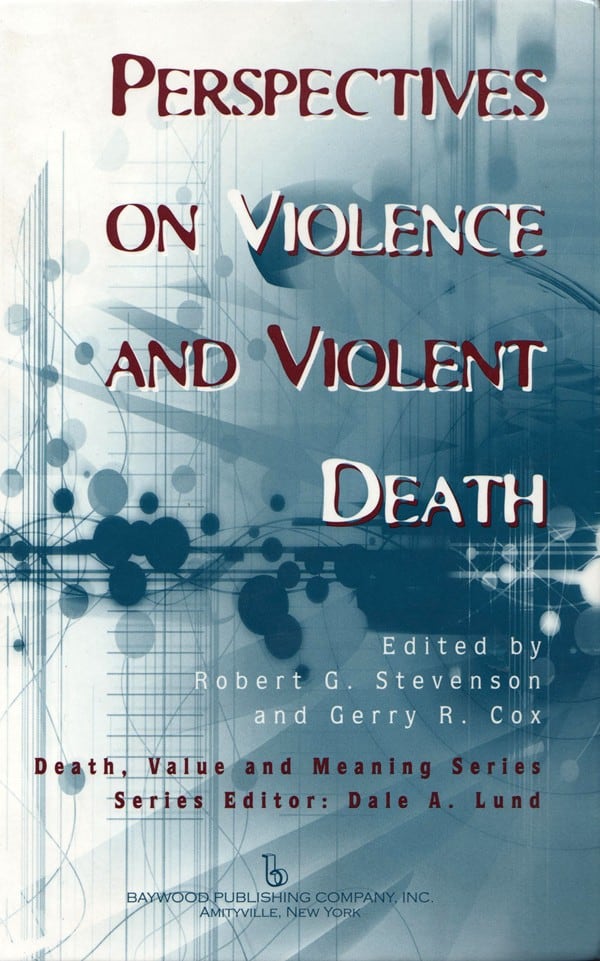Dr Mary Wyatt is an expert on the return-to-work sector in Australia. She was one of several expert speakers at the harmonisation conference in Melbourne at the end of March 2010. Her presentation is available online.
Dr Wyatt spoke from a national perspective and has said:
“The data we have tells us compensation system (sic) are not producing good results. Employees with a compensable condition have poorer outcomes than those who have the same condition in a non compensation situation. For example, those who have surgery have four times the odds of a poor outcome when the condition is compensable.” Continue reading “Insider’s perspective on workers’ compensation harmony process”


